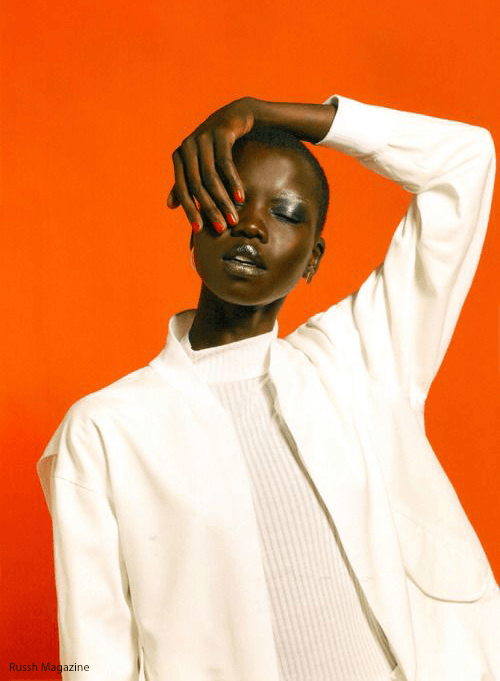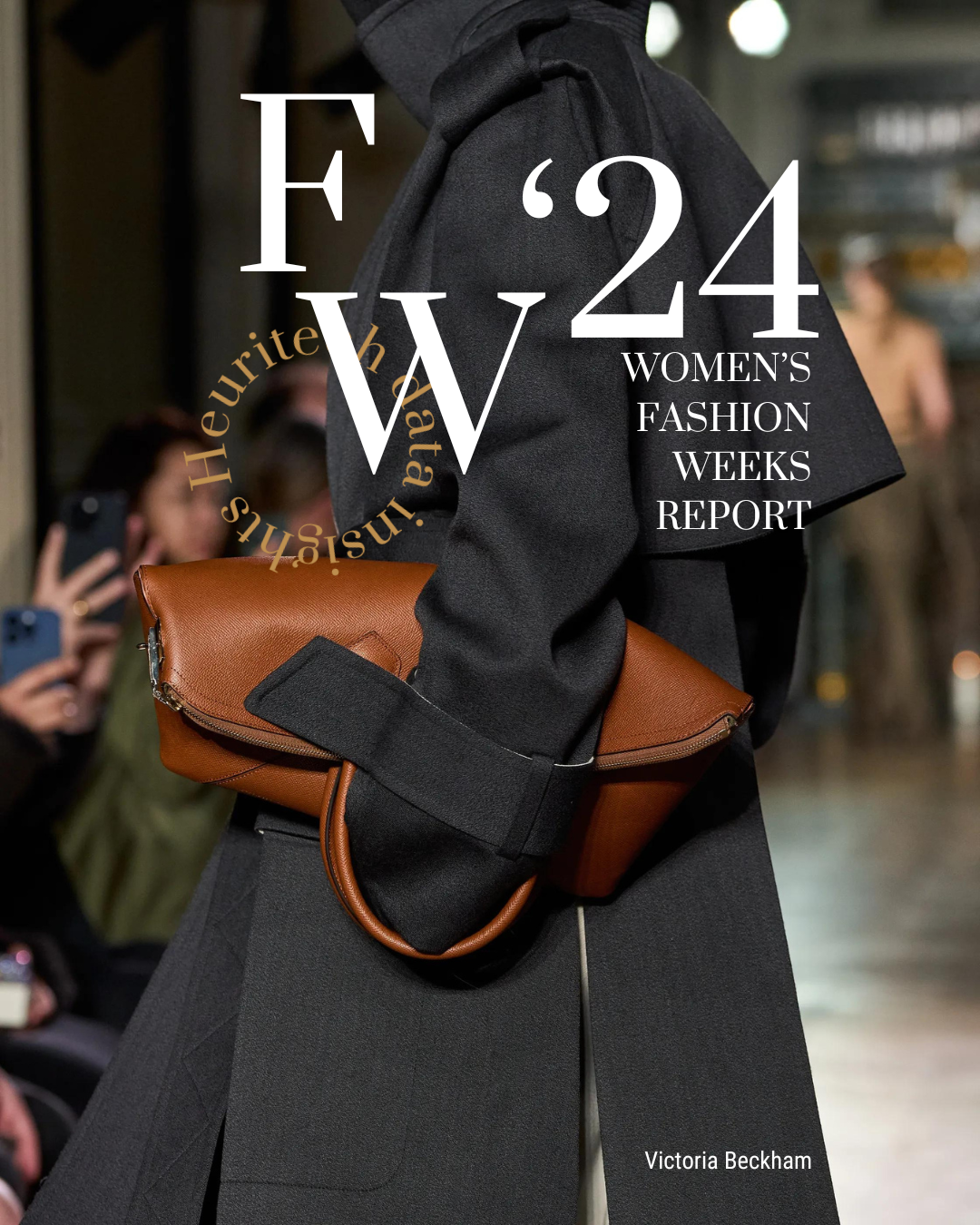For fashion brands, an e-commerce website is now as essential — and sometimes even more so — than a brick-and-mortar store. The world has gone digital, and so have consumer habits. Shopping via social media, websites, and more on computers, tablets, and smartphones is the new normal for consumers of all ages, particularly when it comes to shopping fashion. According to Statista, retail e-commerce revenue from apparel, footwear, and accessories brands is predicted to rise to $146 billion USD by 2023.
The evolution of fashion e-commerce
Why these numbers? For one, the fashion industry is defined by change: apparel trends, technological advancements, and consumer behaviors are constantly transforming.
Secondly, the rise of social media has marked a major shift in e-commerce in the last several years, giving way to omnichannel shopping like we’ve never before seen. Social media platforms, including Instagram, Weibo, and TikTok, are a valuable resource for fashion brands hoping to push their online sales. For instance, Global Web Index asserts that 71% of consumers are more likely to purchase an item when referred by social media. Everything from a website’s appearance, to in-app shopping, to communication strategy through social media is vital to a brand’s success. Indeed, the line between social media and e-commerce is starting to blur.
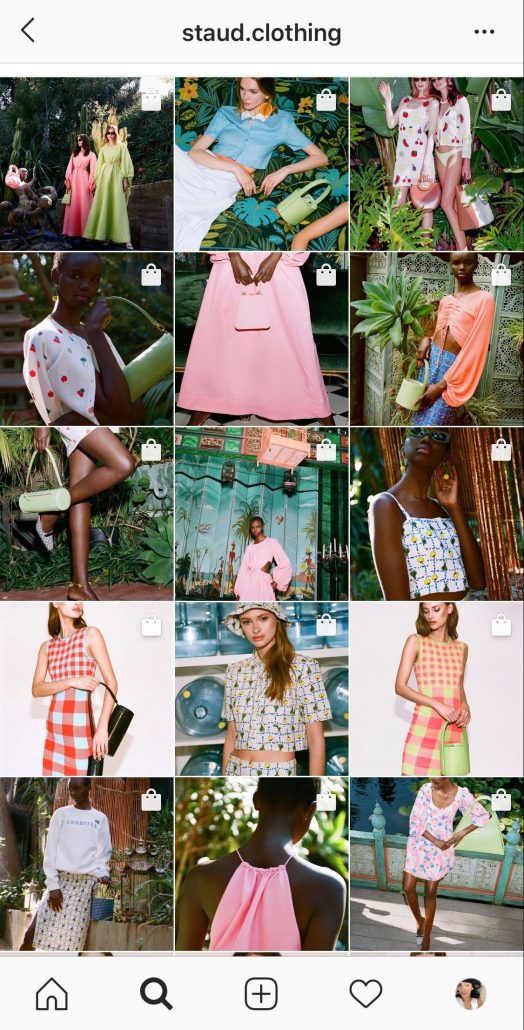
The crossover between social media & trend forecasting
It’s important to talk about social media when it comes to e-commerce, because the two have become increasingly intertwined in the past several years, especially in the realm of fashion. For this reason, more and more brands are looking to social media-based trend forecasting to improve their e-commerce strategy. This approach looks to images shared on social media to draw out data-backed insights about trends, consumers, and their behaviors. It makes perfect sense to look to social media to inform decisions on trends: 100 million images are shared on Instagram daily, opening up a goldmine to one’s consumers, products, and competition. Additionally, #fashion is fourth in the ranking of most-used hashtags on the platform.
The line between social media and e-commerce is starting to blur.
Social media-based trend forecasting can help brands know:
- Products to push on their website and when
- Trends to avoid and include
- Consumer behavior and desires
- How to increase online sell-through
- Product recommendations to partner brands
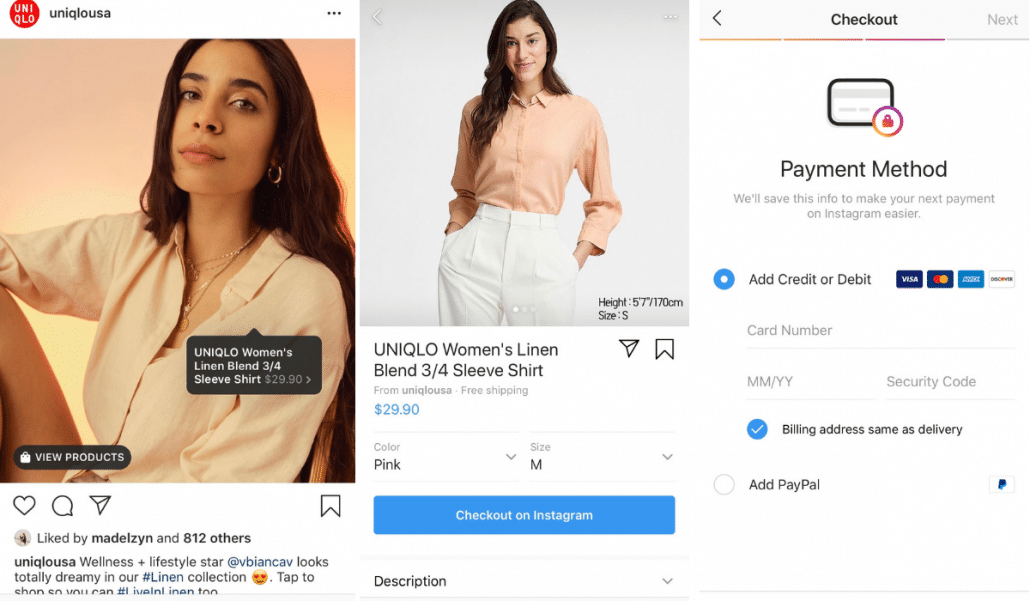
Selecting the right products for your e-commerce website
First impressions are meaningful. When a customer opens up a fashion brand’s e-commerce website, the products they see first have a direct impact on what they’ll do next. Displaying bleach denim pants in the Winter, for example, may not be the most strategic choice. Displaying bleach denim pants in the Summer, though, will likely get more clicks so long as the product is trending that year. These are decisions taken largely by e-commerce merchandisers, who require real-time data to create optimal assortments available online.
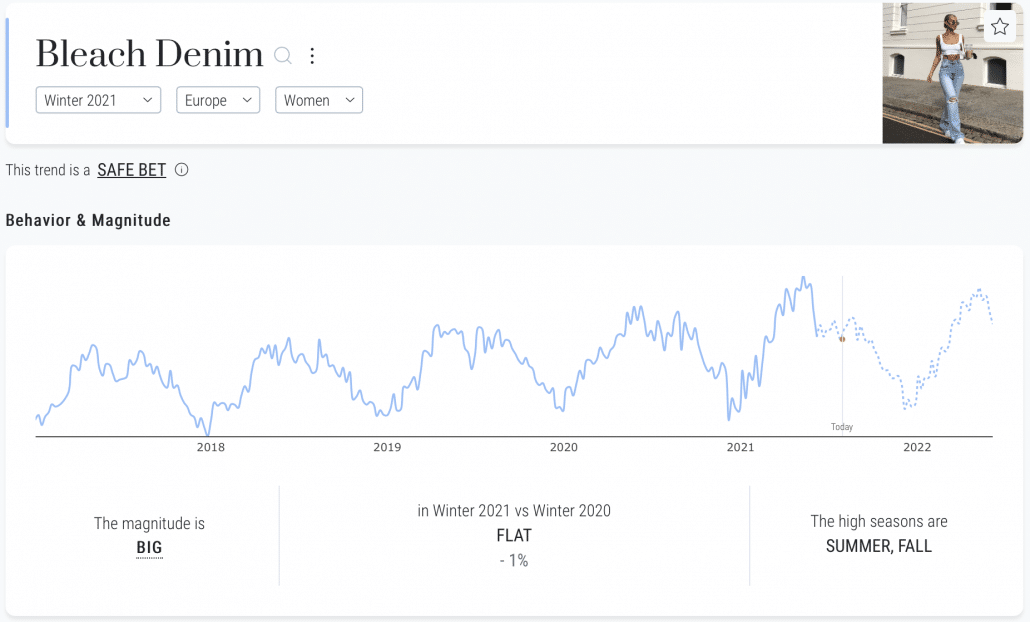
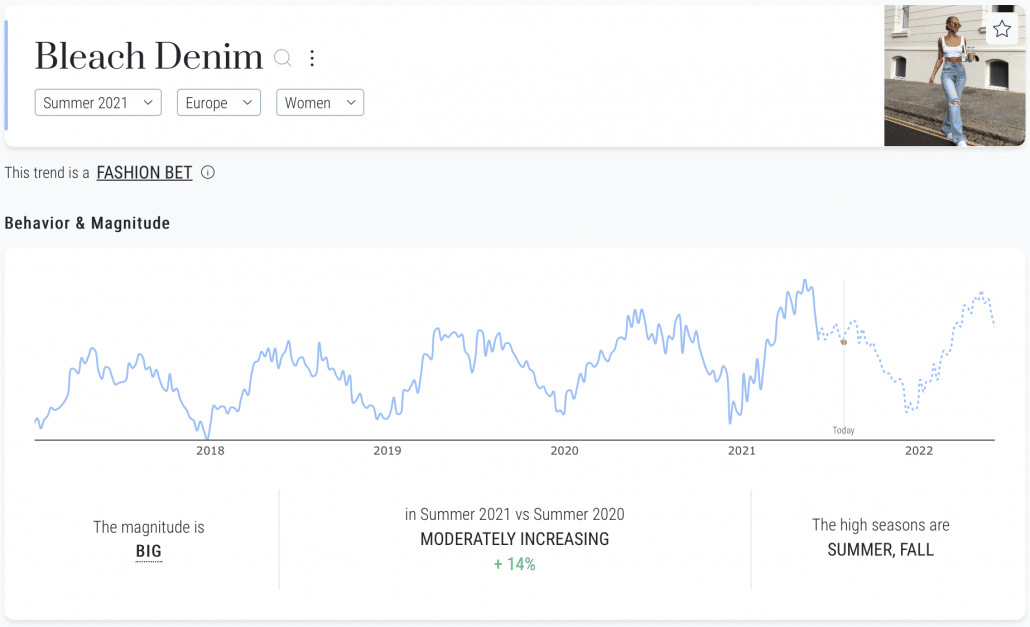
To ensure that the right products are displayed at the right time, these merchandisers can use trend forecasting insights from social media to compare their existing online inventory with market trends. This cross-comparison allows for a “trend filter”:
- Existing products that are trending can remain in the selection
- Trending products not in the current selection can be added in
- Existing products that are not trending can be removed
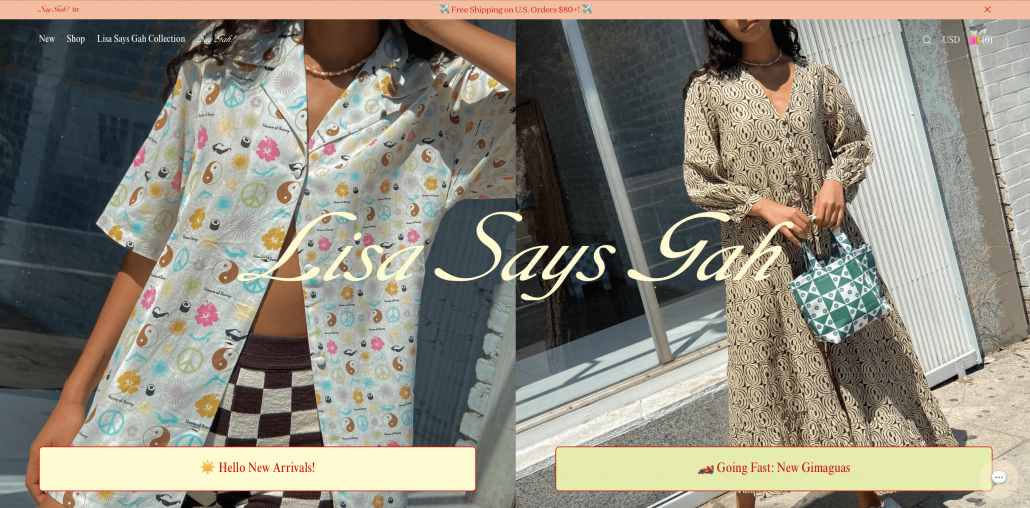
This way, a brand can spot high potential trends and improve their assortment balance to reflect what consumers will realistically purchase. On the other side of it, future declining trends can be noticed ahead of time, and thus be promptly added to a brand’s online markdown selection. This proactive approach to trend selection is the best way to increase sell-through, and avoid overstock.
Better e-marketing using social media-based trend forecasting
And in e-commerce, product assortment decisions are also overlapped by e-commerce marketers, who are involved in highlighting particular products as well as the presentation of them. They rely on appealing visuals and trends to draw in their brand’s consumer base.
Social media-based trend forecasting provides direct visualizations of how trends are worn in real-life and in real-time.
These images of influencers, “regular” consumers, celebrities, and even other brands allows marketers to understand which styles and aesthetics most appeal to their target audience. This way, e-commerce marketers can arrange an e-commerce website as well as online campaigns that reflect what consumers are drawn to on social media.
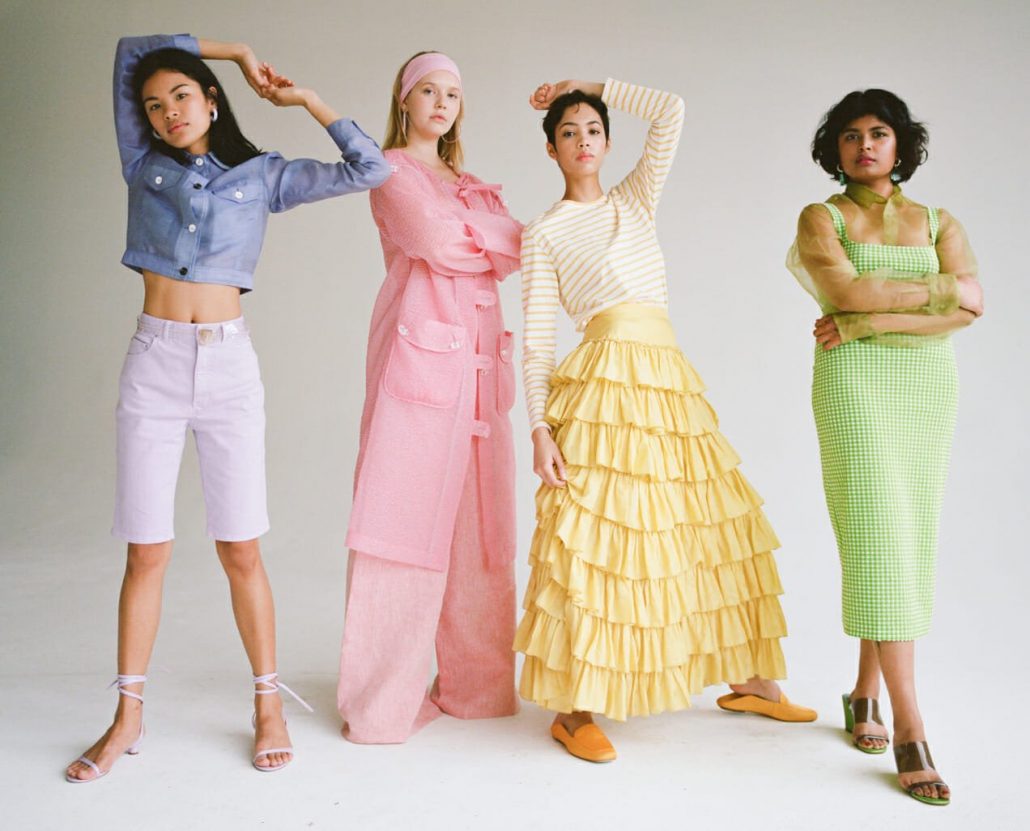
But just like in merchandising, timing is as important as substance in marketing. Think back to the bleach denim pants analogy: this product could be the hottest garment for Summer, but if a marketer pushes a bleach denim campaign in the Winter, the sell-through may be much lower. Real-time trend forecasts are specific in a trend’s seasonality, providing accurate data on market demand predictions so marketers can anticipate and adjust accordingly.

Fashion brands, jump on the trend forecasting opportunity
To summarize, social media-based trend forecasting can improve a fashion brand’s e-commerce strategy in the following ways:

- Back brands’ intuition and ease decision-making
- Provide brands with a selection of relevant trends to include in their online offer
- Allow brands to spot future declining trends to sharpen their markdown selection
- Offer insights on trend seasonality to launch products at the optimal time
- Help brands be more reactive to market demand for marketing plans
